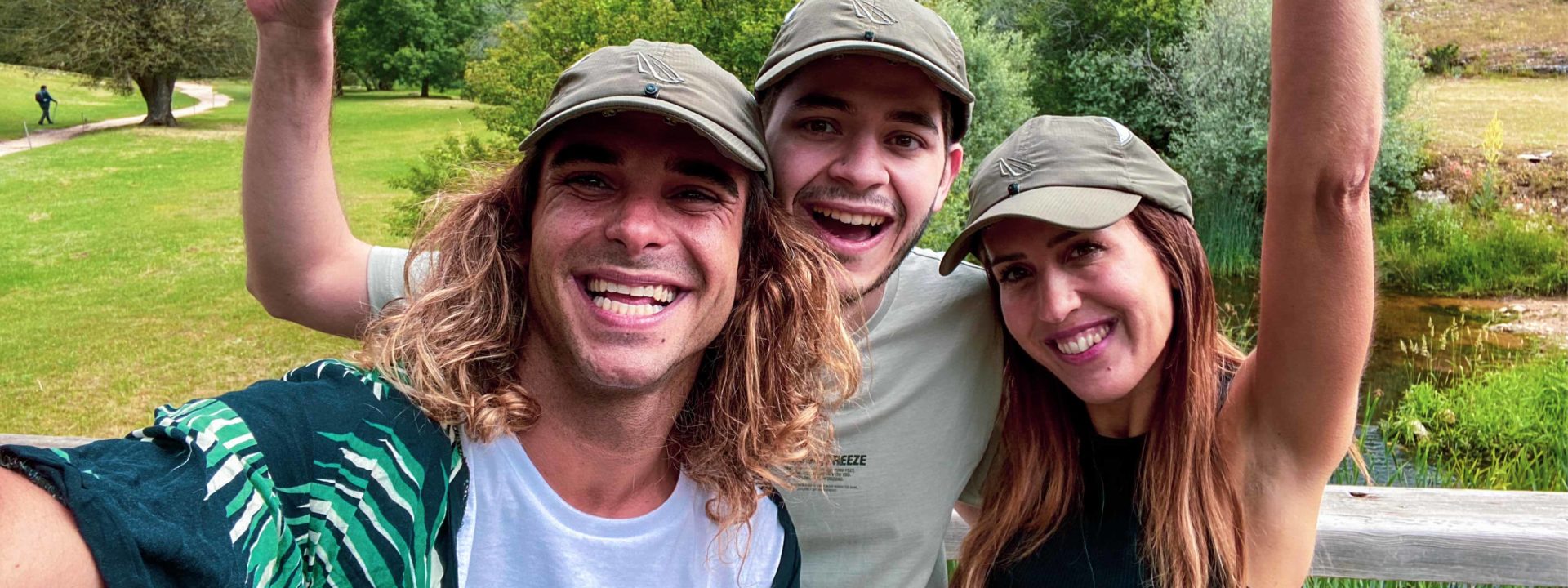Castilla y León turns to neuroscience to demonstrate its attractiveness as a tourist destination
In the campaign "The trip to meet us", three travelers of different profiles visit the main tourist sites in Castilla y León while their brain activity is measured. To do this, they used a cap with 2,048 microsensors and a subjective camera, which collects their brain activity in real time when visiting each tourist spot. Thanks to this project it was possible to show that the stimuli that generate the greatest positive emotional activation are those that are unknown and most surprising.
The Junta de Castilla y León has promoted an innovative neuromarketing project, called "The trip to meet us" (elviajeparaconocernos.com), to claim the attractiveness of the wide range of experiences that all types of tourists can live in Castilla y León, something that makes this tourist destination unique.
In this project, devised by the creative agency VCCP Spain, the brain activity of three tourists of different profiles was measured for the first time in real time while visiting the main tourist enclaves of the 9 provinces of Castilla y León.
For this, an innovative cap was used that incorporates a front camera and an invisible mesh with 2,048 microsensors that collected the brain activity of tourists for four days, transforming it into data.
Thanks to this technology, unique in the world, more than 48 hours of brain activity were analyzed, which has served to know the emotions that each tourist enclave aroused in each type of traveler, being able to know what it was that most attracted attention to each tourist and what were their true emotions during the trip.
This campaign was starred by the chef, Fabián León (@Fabianmasterchef), the traveler Sara Caballero (@lamochiladesara) and the adventurer David Castelló Fernández (@OceanLifeDC), who traveled 1,233 kilometers during 4 days of travel in which they visited the Market del Val, the Plaza Mayor, San Pablo, the Royal Palace and the Chancery in Valladolid; the aqueduct, the Hoces del Duratón and Sepúlveda in Segovia; the Río Lobos Canyon Natural Park and the San Bartolomé Chapel in Soria; a winery in Aranda de Duero, the Cathedral and the archaeological site of Atapuerca in Burgos; a section of the Camino de Santiago, Frómista and the Canal de Castilla in Palencia; the cathedral, the walls and the Gaudí Palace in Astorga, the Las Médulas World Heritage Site and the wet neighborhood, the San Marco Convent and the historic center of León; the region of Sanabria, with the castle and its impressive lake, a cruise on the Duero river in the town of Fermoselle in Zamora; the center, the Plaza Mayor and the University of Salamanca; the walls of Ávila. Likewise, in each visited town they were able to enjoy the typical gastronomy and oenology of each area of Castilla y León.

